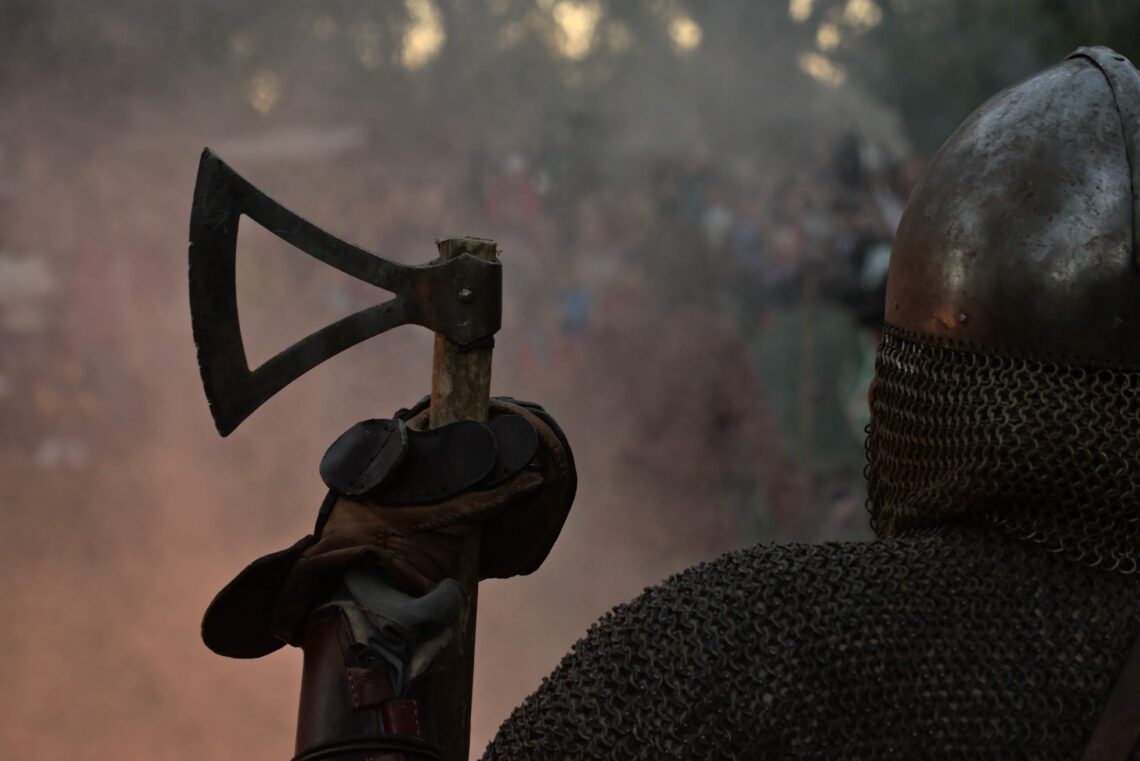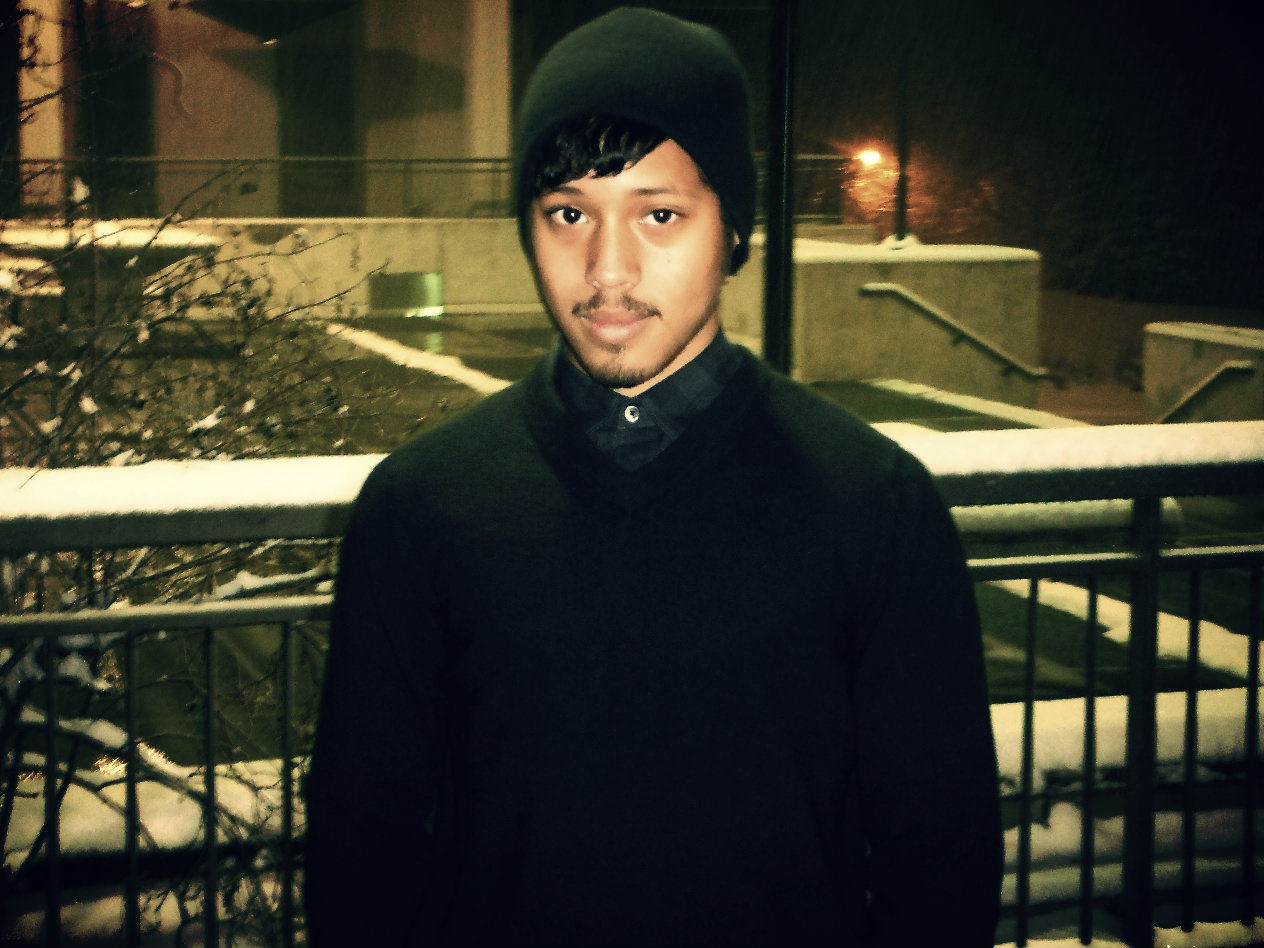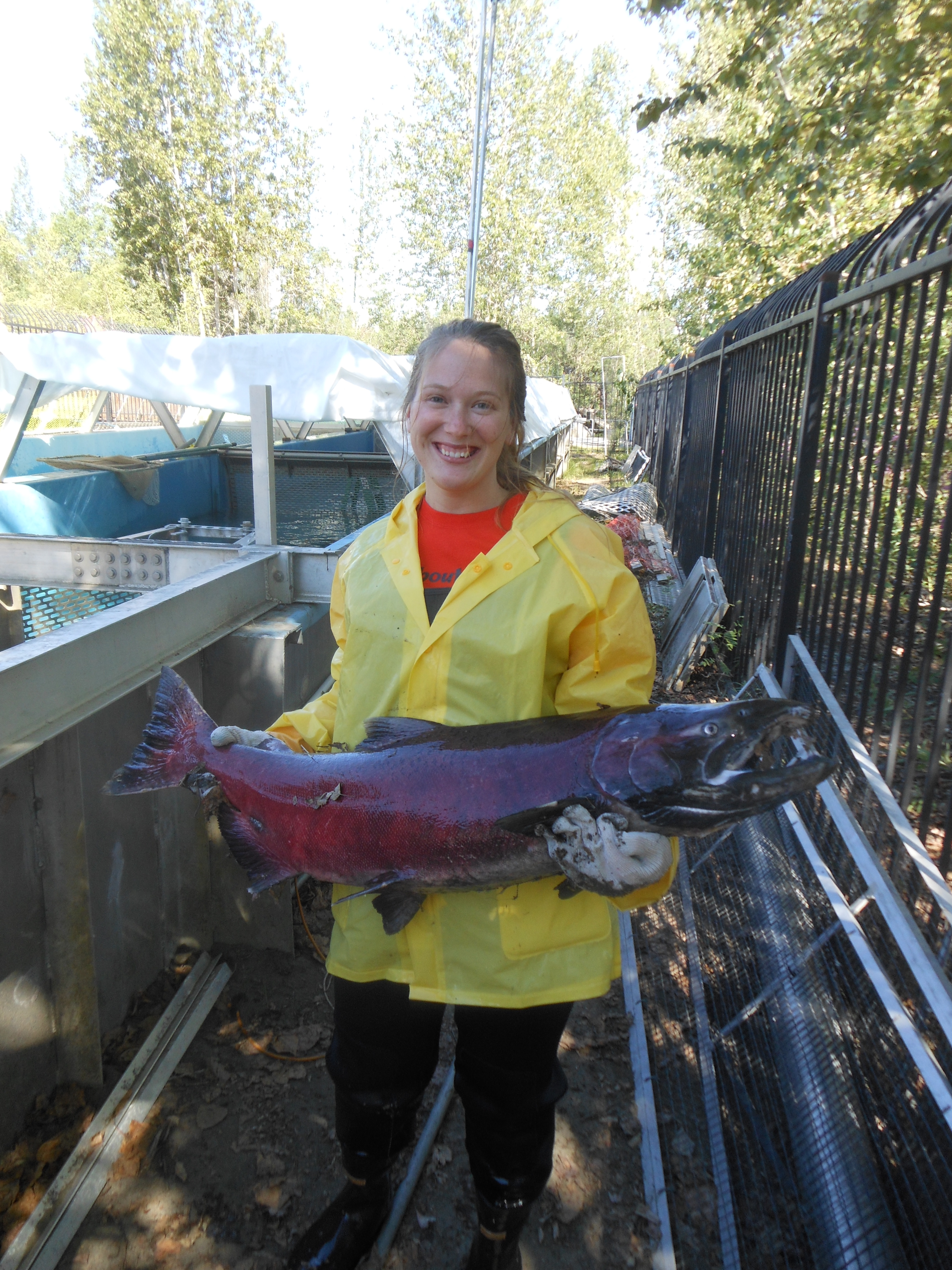by Aloendra Dzur
Robert Eggers’ The Northman has been widely acclaimed as the most historically accurate portrayal of the Viking Age. Loosely based on the legend of Amleth, as recorded by Danish historian Saxo Grammaticus, the film delves into themes of vengeance, fate, and divine right. One of the most compelling aspects of The Northman is the depiction of initiation rites and sacral kingship, legitimizing royal rule by heritage. The Norns, feminine spirits described as casting the lots of human fate, weave Amleth’s fate, guiding him toward his destiny as a favored warrior of Odin. Initiation into sacral kingship legitimizes Amleth’s rule by divine right. This initiation places Amleth in Odin’s favor, who subsequently offers guidance through various symbolic forms. Because Fjölnir never undergoes this initiation, he is doomed to rule a failing kingdom at the curse of Aurvandil and the hand of Amleth.
The Northman begins in the Northern Atlantic in 895 AD. During this time, Norwegian emigration coincided with Christian integration. The Norwegian emigration stemmed, in part, from the tyrannical rule of King Harald Fairhair of Norway from 870-920, causing many to flee to Iceland in the West and to Russia (the land of Rus as referenced in the film) in the East. Iceland was more akin to a commonwealth lacking towns with judicial rule by chieftains as opposed to rule by a king. This bears significance in that there is no “kingdom” for Fjölnir to rule over as Aurvandil had. When Fjölnir betrays King Aurvandil, he expects to take over rulership of his vast kingdom but is instead forced out into the backwaters of a sparsely populated island by the aforementioned higher reigning king. Iceland, therefore, is Fjölnir’s metaphorical fall from grace.
In stark contrast to Christian practice, Nordic tribes did not see one another as believing in an all-encompassing faith tied together as one community. There were distinct differences in deity worship and cultural practices that are clearly made present in The Northman. One primary aspect is the difference between the two gods named in this film: Odin and Freyr. Odin and Freyr each belonged to a different faction of gods who were once at war with each other, though this was eventually ended with the two factions joining as one to be called the collective Aesir. This warring relationship is embodied in the rival relationship between Amleth’s worship of Odin and Fjölnir’s worship of Freyr. Prince Amleth is indoctrinated into the warrior cult by his father, later joining the berserker class which is attributed to Odin. This bears significance in that Odin was the god of the warrior aristocracy. But more than this, Odin was also a seeker of wisdom (as is referenced in Amleth’s initiation), a shamanistic master of shapeshifting and sorcery, and patron of both elites and outcasts, which is significant to Amleth’s position in the film. Conversely, We see no initiation of Fjölnir, who later follows the path of Freyr as a sheep farmer.
It is important to note that there is some difficulty in finding historically accurate texts describing ritual practices of the Viking Age because those societies were essentially based on oral tradition, committing most information to mortal memory. It is lamented in Ben Raffield, Neil Price, and Mark Collard’s article, “Religious belief and cooperation: a view from Viking-Age Scandinavia,” that, “unfortunately, the Vikings produced no written sources that can be used to examine their spiritual beliefs, with the exception of runic inscriptions, which tend to be very limited in detail.” This means that much of what is written and used for interpretation in modern times, is based on texts that were written by Christians after the majority conversion to Christianity. With this in mind, we will examine the ritualistic rites of passage and analyze their impact on both Amleth’s and Fjölnir’s fate.
In Arnold van Gennep’s The Rites of Passage, he examines how membership in certain social classes or caste systems may be hereditary in certain magico-religious groups, but that a “child is rarely considered a fully ‘complete’ member from birth.” This tells us that even though Amleth is the son of a king, he is not assumed to be the successor of King Aurvandil’s throne until he is named as such. When King Aurvandil states his intention to initiate Amleth into sacral kingship, he is separating Amleth from his childhood innocence. Ritualization also acts as a means of embodying experiences within symbolically structured environments, which is highlighted particularly well throughout this film.
Another aspect to be examined is the Mystery of the Rite. Julius Evola elaborates on this topic quite extensively, emphasizing that “rites and sacrifices were regulated by detailed and strict traditional norms that left no room for anything arbitrary or subjective.” Amleth’s initiation, which will be explored in depth later in this paper, does exactly this: There is no room for interpretation. Amleth is the rightful successor and heir to Hrafnsey. Should Amleth not avenge the impending death of Aurvandil, he will forever live in shame. The implication we see throughout this film is that Fjölnir is incapable of maintaining a stolen kingdom.
From here, we will begin to examine the major rites and rituals in the movie and apply the concepts discussed to exemplify their impact on Amleth and Fjölnir. We see in the beginning of the film the entrance ceremony of King Aurvandil War Raven. The performative act of Aurvandil’s entrance through the central door, with the aristocracy lining the longhouse, holding up oath rings, legitimizes his rule as it separated those in presence and outside both physically and socially. This ceremony in the Feast Hall puts emphasis on the separation of classes, acting as a “physical and symbolic border… [constituting] a fundamental physical manifestation of oppositions.” The use of high speech, tributary presentation and adornment of gifts signifies the undisputed rule of the king, laying the foundation for what follows.
In this entrance ceremony, we are lewdly introduced to Heimir. Heimir acts as an analyst of sorts; a role that threatens the going order of things. Doty tells us that this role is “may be performed by the clown or trickster figure, who is likewise resented for highlighting the contradictions in status roles or symbolic expressions in a culture. By mocking pretension to absolute perfection… the jester inadvertently… cause awareness of polarities and contradictions that most people would rather leave at pre-or unconscious levels of awareness.” This is perfectly exemplified in our introduction of Heimir, as he mocks Gudrún’s offering of her cup to Fjölnir. It is implied that Heimir has a great awareness of what is to come as he plays out his shamanistic role with Amleth. Within the shamanistic role, ceremonial actions incur trances, and voyages to the spiritual world, acquiring knowledge of the sacred to be applied to a particular instance.16 Within Amleth’s initiation, Heimir is presented as a shaman performing these ceremonial actions. As it was believed that “the dead possessed powers and secret knowledge that could be passed to the living through ritual practice and necromancy… to gain prophecy and esoteric knowledge from the dead,” Amleth later communes with Heimir through a berserker priest, who uses Heimir’s head to relay the knowledge that Amleth seeks and to prophesize a decision that Amleth must make.
Doty tells us that rituals “[provide] systems of recognizing one’s universe in terms shared by one’s progenitors and peers… for idealizing who one wishes to be, for projecting the possible selves one might become.” King Aurvandil, as a follower of Odin, lives and aims to die by the sword. He recognizes the threat to Amleth and himself, and his wish is to sever Amleth from his childhood innocence and indoctrinate Amleth into the aristocratic cult of Odin. Even though Amleth is born of the king, he must go through the proper rites of incorporation into the family totem to gain legitimate rule of Hrafnsey. Amleth’s initiation begins with King Aurvandil leading him through a temple of Odin, telling of how he walked that path with his own father once. King Aurvandil and Amleth enter a hidden door at the rear of the temple, crawling through a passage to what awaits before them. This signifies an abandonment and social role of a child, entering both in ritual and language into adulthood. Van Gennep tells us that “the initiation of a successor incorporates a handing over and acceptance of ‘relics of the ancestors.’” Amleth is instructed to safeguard his familial blood and to seek vengeance on whoever takes the life of the king. Through his father’s blood, he is shown the tree of kings; Amleth sees himself at the top of tree, holding a scepter dressed in regal clothing, representing the passing of duty to the next in line. We see this again at the end of the film, when Amleth sees his family’s blood in Olga, with the ”Maiden King” wielding the same scepter and sword.
Amleth undergoing this initiation grants him access to ‘mysteries’ which transfer him as a neophyte from the profane world, placing him in direct and permanent communication with the sacred world. It is because of his initiation that Amleth is able to see and be guided by his father’s spirit in raven form. In Nordic mythology, birds have consistently provided useful insights, offering knowledge to individuals typically portrayed as kingly figures. The ravens offer plot-necessary insights throughout the film, often presenting when Amleth is in need of direction. Ravens have also been found to be linked as culturally specific in Old Norse contexts including sacred initiation, sacral kingship, and are consistently linked with Odin. At one point, the ravens even intervene in Amleth’s fate, freeing him from his bindings and making way for Odin to make an appearance, indicating that he has gained Odin’s favor after being initiated.
Conversely, we see no initiation of Fjölnir, indicating that his rule over Hrafnsey is illegitimate, forcing him into the desolation of Iceland as a sheep farmer. We also see this lack of initiation seep down into his lineage. Whereas Aurvandil’s son is raised in a Berserker cult honoring Odin, Fjölnir’s sons are petulant, lacking honor and vigor in the context of royal success. Evola gives us insight into this by explaining that “the ‘heroes’ or demigods to whom the higher castes and the noble families of traditional antiquity traced their lineage were beings who at death did not emanate a ‘shadow’ or the larva of an ego that was eventually destined to die anyway; instead, they were beings who had achieved the self-subsistent, transcendent, and incorruptible life of a ‘god’.” Aurvandil’s death secures his place as the familial totem by Amleth’s witness. He has bestowed his sacred legacy on Amleth and faces his death in the way of a king by not begging or cowing down from his fate. No such performative act or ritualization is passed down through Fjölnir’s line. And though Fjölnir and Aurvandil share a familial bond, it is evident that Aurvandil’s rites of passage have led to his successive line through Amleth.
We see Amleth’s transformation from a young, innocent child, to barbaric berserker warrior early on in the film. Amleth’s oath to his father leads him to the berserker cult of Odin’s warrior class. The berserker cults are unique to Norse literature, distinguished in battle by their “berserk fury,” commonly found wearing the hides of wolves and bears. Heath Cooper tells us in his “Wearing the Wolf Skin” article that “the berserker may have been religious in the specific sense of devotion of Odin, but also in a more abstract totemic sense.” The berserkers perform their transformation rite on the belief that they can physically acquire the strength of the wolf and bear through ritual act, giving them unnatural abilities to thrive in warfare environments. The ritual the night before the raid gives light to the mindset that these men put themselves in before battle; “Through mythic education one learns to identify ‘the powers’ that surround one, and how to assemble a storehouse of responses to their presence or absence through an effective ritual repertory.” Amleth’s dedication to Odin’s warrior class gives him the training he needs to fulfill his prophetic fate. He has no fear and is filled with rage funneled into vengeance. His last tear, taken from him at initiation, is given back to him after the raid, reminding him of his oath to take vengeance on Fjölnir and journey to Valhall.
Contrary to popular belief, Valhall is not “Viking Heaven.” Rather, Valhall is Odin’s “hall of the slain,” otherwise known as “Carrion Hall,” where fallen warriors are brought to him after their death. This was not a desirable afterlife choice for all Nordic people, but it was highly desired by those who worshipped Odin. Other afterlife realms include Folkvanger, where Freya’s fallen warriors are taken, Rán, and Hel. It is important to note that Hel is simply the realm of the dead and not a place of punishment as it is in Christianity. With this in mind, when Amleth and Fjölnir speak of meeting at the gates of Hel, they mean this as a physical place with the intent of fighting to the death.
When Amleth learns that Olga is pregnant with twins, he tells her, “It was prophesied that I must choose between kindness for my kin and hatred for my enemies. I choose both.” The culmination of everything he has endured leads to Amleth’s ultimate decision to kill Fjölnir and avenge his father. He is simultaneously safeguarding his familial blood as he secures the safety of his unborn children. When Amleth and Fjölnir meet at the gates of Hel, Amleth comes out as victor: His death in battle secures his place in Valhall and continues the embodiment of the familial totem; Fjölnir’s line is ended, while Amleth’s is secured; Amleth has honored his oath and is carried away by the Valkyrie.
We have examined how the psychological function of myths and rituals are used as coding and switching mechanisms between coordinating familial backgrounds and transcendental factors. Through the actions of Amleth in The Northman, we saw the familial totem being tied in with the initiation into sacral kingship. With all of this in mind, we can conclude that the ritualistic rites of passage Amleth endured secured his legacy as king and the continuation of his line. As Amleth finishes his life having fulfilled his oath, we can see how Fjölnir was never meant to rule Aurvandil’s kingdom as he never went through the initiation rites as Amleth did.
Annotated Bibliography
Lindow, John. Norse mythology: A guide to the gods, heroes, rituals, and beliefs. Oxford, California: Oxford University Press, 2001.
- Lindow’s North Mythology provides a brief historical background of Scandinavian mythology, discusses mythical time, and provides detailed explanations of mythological terms. This aids in putting Robert Eggers’ film The Northman into a mythical and historical perspective while interpreting many aspects of symbolism that are present in this film.
Simek, Rudolf, and Angela Hall. Dictionary of Northern Mythology. Woodbridge, Suffolk: D.S. Brewer, 2007.
- Simek’s book presents meaning for terms common within northern mythology. The terms range from the names of deities and other worldly beings to practices such as human sacrifice. This text helps to accurately interpret the rich symbolism present in Eggers’ The Northman and decipher the meaning and intent of the rituals that make up this film.
Bourns, Timothy. “The Language of Birds in Old Norse Tradition.” JEGP, Journal of English and Germanic Philology 120, no. 2 (2021): 209-238.
- Bourns explores the spirituality and wisdom that birds were seen to have in old Norse traditions. There is heavy emphasis on human-bird communication and the kingship and wisdom that comes with this communication, particularly with Hugin and Munin. The use of ravens as messengers is a prevalent theme in The Northman, and this article will aid in the interpretation of their presence.
Raffield, Ben, Neil Price, and Mark Collard. 2017. “Religious Belief and Cooperation: A View from Viking-Age Scandinavia.” Religion, Brain & Behavior 9 (1): 2–22.
- This collaborative article examines Viking Age practices of religion with particular emphasis on Norse gods being moralizing high gods. Ritual practices and the corresponding relationship with the gods are a central theme of Eggers’ film The Northman.
Doty, William G. Mythography: The study of myths and rituals. Tuscaloosa, Alabama: University of Alabama Press, 2008.
- Doty’s book is an in-depth assessment of the various aspects of myths and rituals. Mythography is divided into four parts with chapters further delving into each breakdown. For the purpose of this paper, emphasis is given on Chapters 7, 10, and 12. These chapters break down the different aspects of ritual that correlate to the rituals presented in Eggers’ film.
Eriksen, Marianne Hem. “Doors to the Dead. The Power of Doorways and Thresholds in Viking Age Scandinavia.” Archaeological Dialogues 20, no. 2 (2013): 187–214.
- Eriksen’s Doors to the Dead is an exploration of the metaphorical transformations of doorways and their ritualization in Viking Age Nordic mythology. This article places strong emphasis on the ritual and mortuary aspects of doorways which is a largely present symbol within Eggers’ film. This article is referenced in relation to the significance of scenes where doorways lead to spiritual experiences within The Northman.
Evola, Julius. Revolt against the modern world: Politics, religion, and social order in the kali yuga. Rochester, VT: Inner Traditions, 2018.
- Evola’s Revolt against the modern world is an analysis on the “modern world” of 1934 and beyond. He argues that the modernist movements of progressivism have abandoned the rites and traditions of the past and this has resulted in a cultural malaise. While that argument in itself is not relevant to Eggers’ film, the in-depth analyses of historical rites and traditions are a great analysis of what we see being portrayed in The Northman.
Gennep, Arnold van, Monika B. Vizedom, Gabrielle L. Caffee, and David I. Kertzer. The rites of passage. Chicago, IL: The University of Chicago Press, 2019.
- Arnold’s book is a historical study of rites of passage among various cultures. This book breaks down rites of passage as they relate to major life cycle changes from an anthropological standpoint. This breakdown highlights the various parts of Amleth’s journey to fulfil the prophetic qualities of the rites and rituals he participates in throughout the film.
Heath M, Cooper M. “Wearing the wolf skin: psychiatry and the phenomenon of the berserker in medieval Scandinavia.” History of Psychiatry Volume 32, no. 3 (2021): 308-322
- Cooper gives us a psychological evaluation of the Berserker class of Old Norse Mythology. This sheds light on the berserker ritual that we see near the beginning of the movie and a look into the psyche of Amleth. This information is then translated into the context of the film, primarily how Amleth is meant to defeat Fjölnir.





